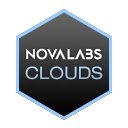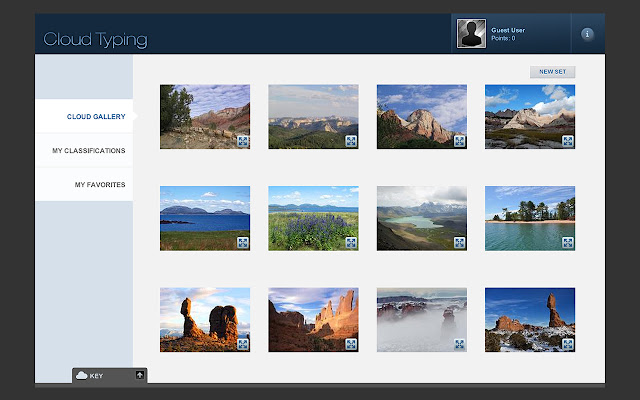NOVA CloudLab in Chrome with OffiDocs
Ad
DESCRIPTION
Covering some 70 percent of Earth's surface, clouds play a key role in our planet's well-being.
But how do they form, why are there so many types, and what clues can they give us about the weather and climate to come? Try your hand at classifying clouds and then investigate the role they play in severe tropical storms.
For Educators: From homework enrichment to science fair projects to a week-long lesson module, the individual Cloud Lab components gives you a range of options for addressing the topics of weather, climate, Earth systems, and scientific modeling with your middle school or high school students.
Below are standards from the NGSS that align to the content and skills in the Cloud Lab: Middle School: —MS-ESS2-4—Develop a model to describe the cycling of water through Earth's systems driven by energy from the sun and the force of gravity.
—MS-ESS2-5—Collect data to provide evidence for how the motions and complex interactions of air masses results in changes in weather conditions.
—MS-ESS2-6—Develop and use a model to describe how unequal heating and rotation of the Earth cause patterns of atmospheric and oceanic circulation that determine regional climates.
—MS-ESS3-2—Analyze and interpret data on natural hazards to forecast future catastrophic events and inform the development of technologies to mitigate their effects.
—MS-ESS3-5—Ask questions to clarify evidence of the factors that have caused the rise in global temperatures over the past century.
High School: —HS-ESS2-4—Use a model to describe how variations in the flow of energy into and out of Earth’s systems result in changes in climate.
—HS-ESS2-5—Plan and conduct an investigation of the properties of water and its effects on Earth materials and surface processes.
—HS-ESS3-1—Construct an explanation based on evidence for how the availability of natural resources, occurrence of natural hazards, and changes in climate have influenced human activity.
—HS-ESS3-5—Analyze geoscience data and the results from global climate models to make an evidence-based forecast of the current rate of global or regional climate change and associated future impacts to Earth systems.
Additional Information:
- Offered by www.pbs.org/wgbh/nova/labs
- Average rating : 4.18 stars (liked it)
NOVA CloudLab web extension integrated with the OffiDocs Chromium online
















